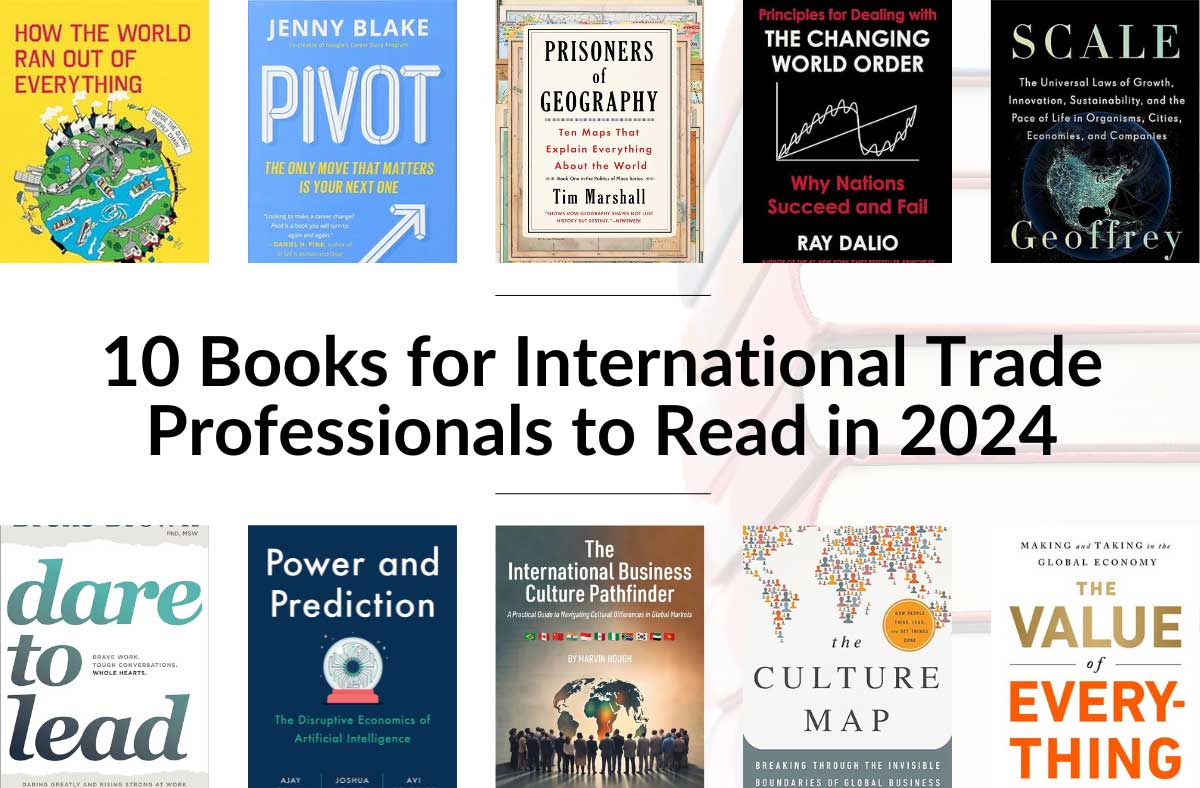
All business is local. However, all markets are global. Global trade and technology has created opportunities for business to serve an existing market segment over a wider geographical area. …
– page 67, Sustaining High Growth for Long Term Success
The rapidly growing global middle class are experiencing a convergence of lifestyles. This has created a huge demand for similar consumer goods around the world. The implication is that the niche markets that many businesses serve in established locations now also exist in other parts of the world, and present exciting opportunities for companies willing to enter those markets.
The Asian block, consisting of West Asia, Central Asia, South Asia, Southeast Asia (ASEAN) and East Asia, contributes the largest share of the global GDP. Following is the GDP share of the three largest blocks:
Global GDP
- The Asian Bloc – 33.84% of global GDP
- The North American Block – 27.95% of global GDP
- The European Bloc – 21.37% of global GDP
Combined, these 3 blocs generate 83.16% of global GDP.
Asian countries have diverse political and economic systems with varied business cultures, and a “one size fits all” approach to marketing and negotiating business partnerships may not be the best approach when we plan to export from North America to Asia. With that in mind, what steps should you take to negotiate effective partnerships and expand your presence in Asian markets?
Never be afraid to keep your options open in negotiations
The following case illustrates the different factors a North American cereal company identified when negotiating with two Asian businesses in two different countries.
A prospective supermarket chain was willing to purchase cereal products from the cereal company at the agreed price. An issue arose, however, when the supermarket chain asked for credit terms of payment in 90 days instead of 60 days as stated in the cereal company’s “Standard Terms of Contract”.
The supermarket chain had a reputation of making prompt payment on terms it agrees to. Furthermore, they had the ability to purchase an estimated 65% of the cereal company’s production capacity for the Asian market, so they felt their position gave them the necessary leverage to make this request.
The cereal company then had to weigh its negotiating options. Even though the supermarket chain insisted on a 90 day credit period, the local political, economic and social conditions would enable the supermarket chain to get a bank guarantee for payments.
An option for the cereal company was to sell at a higher price to accommodate for the expected delay in payment or to bare the loss from delay in payment as a result of agreeing to extend the payment period to 90 days.
Their alternative was to sell to a distributor in a neighbouring country that agreed to the price and 60 days payment term. However, there were greater political, economic and social uncertainties in this neighbouring country, which resulted in market and currency fluctuations.
Additionally, the distributor was not able to provide a bank guarantee for payments, but the owner of the distributor had a reputation with other North American companies of being true to his word with payments made as agreed.
By simultaneously negotiating with the supermarket chain and the distributor, the cereal company was able to assess the walk-away position with both parties. Having an alternative enabled the negotiator to achieve the best terms possible in negotiations with both parties.
What factors were most important to weigh in getting the best possible agreement?
To get the best agreement possible in Asia, the cereal company’s negotiator evaluated the two alternative businesses (the supermarket chain and the distributor) as well as the countries within which they did business.
As part of that evaluation, the negotiator went through the following steps:
- Analyze the desired agreement objectively
- Understand the people in the prospect business
- Identify the other parties’ true interests in the agreement
- Explore best alternatives and options before making a decision
To achieve a meeting of minds and agreement, it’s crucial to understand the thinking and values of the owners and operators of the business involved in the negotiations. This includes understanding them in both a social and business environment. Cultural understanding plays a significant part in assessing the prospect of a productive long-term relationship being established.
To decide which of the two alternatives would be best for their needs, the cereal company had to address the questions:
- How should they value qualitative versus quantitative factors?
- What if the supermarket chain delayed payment beyond the 90 days payment period?
- What if the alternative deal with the distributor is then no longer available?
A PEST analysis is your key to understanding important market factors
Additionally, the cereal company had to do a PEST Analysis to assess the political, economic, social and technological factors that would impact its business in the respective countries. This required an assessment of the supermarket chain and the distributor, as well as their competitors within the local business environment in relation to the following factors:
Political analysis: This includes environmental policy, domestic law, international regulations, government policies, funding and grants, local market, pressure groups, conflicts, human rights, etc.
Economic analysis: With this aspect of analysis, the local economy, market trends, global economics, competitors, taxes and tariffs, seasonal market trends, unique industry practices, distribution trends, currency interest and financial exchange rates are all evaluated.
Social analysis: Through this analysis, you’ll understand the lifestyle, demographics, consumer taste, brand perception, fashion trends, retail outlets, and cultural norms in the assessed markets.
Technological analysis: Complete this analysis to understand the impact of competing technology, research and development funding, supporting technology, maturity of technology innovation, production capacity, communications platforms, legal frameworks and intellectual property protection.
Bringing everything together to make your best final decision
The cereal company evaluated all available evidence pertaining to:
- The values of the owner and operator,
- The business capacity of the prospects
- The risk involved from the PEST Analysis.
In the end, they negotiated and concluded an agreement with the supermarket chain based on an analysis and assessment of risk and opportunities arising from establishing this business relationship. While the 90 day period was outside of their usual contract, the risks in the distributor’s market and their inability to secure a bank guarantee meant the supermarket chain provided a safer, more stable partnership with opportunities for growth.
With these steps in mind, you’ll be ready to step into your next negotiation in Asian markets and come out with the deal that will best serve your business needs and goals.







disqus comments